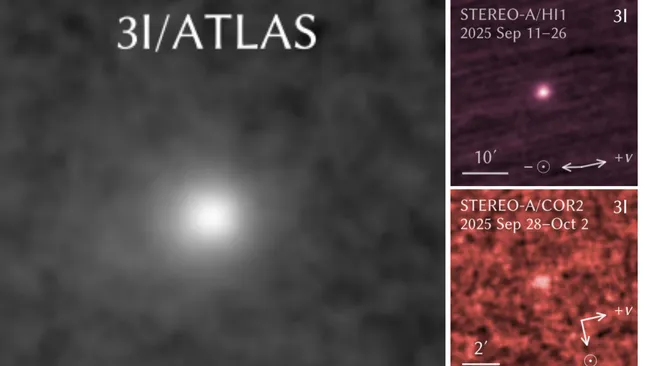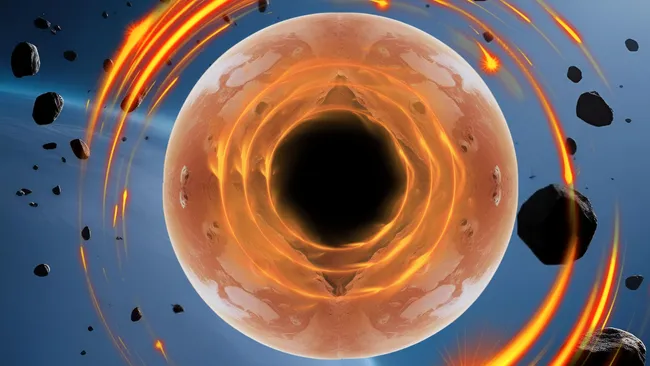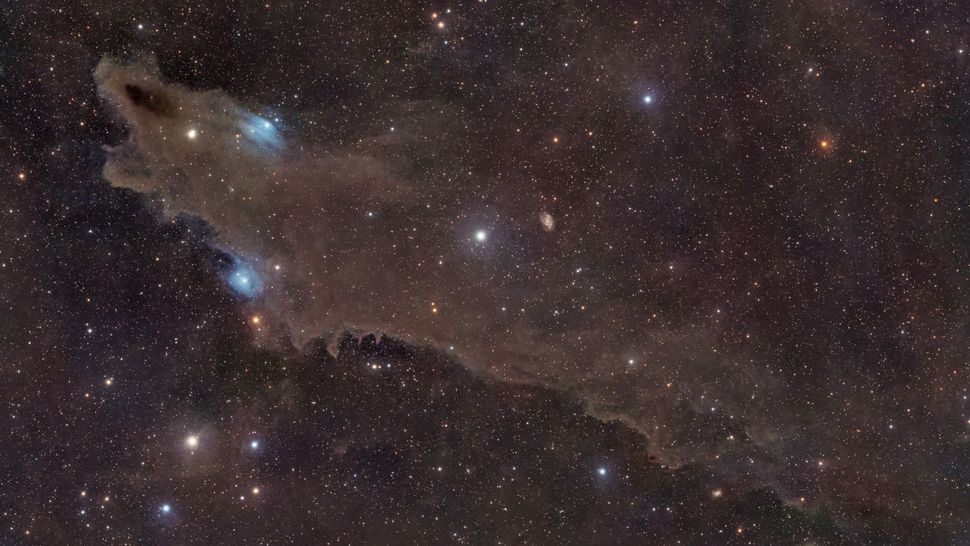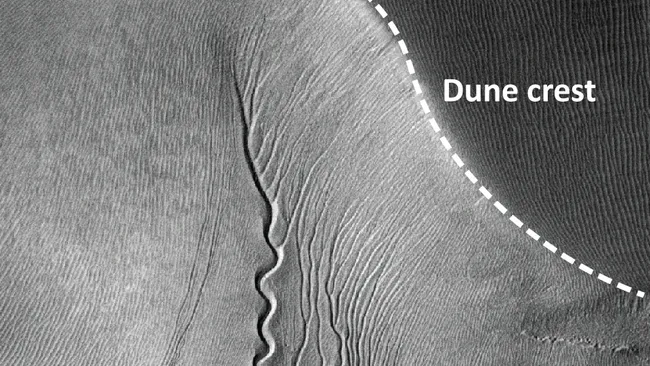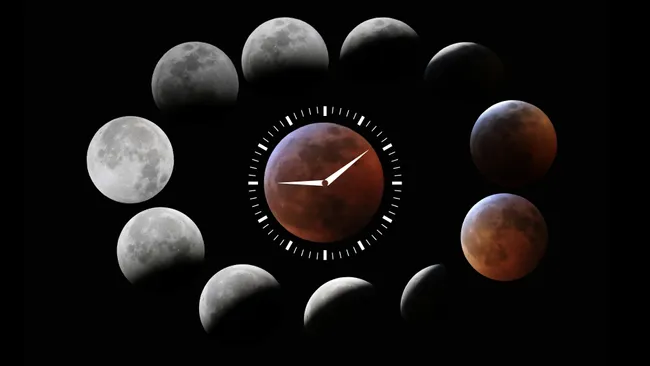The interstellar comet 3I/ATLAS continues to surprise astronomers after exhibiting rapid brightening while making its closest approach to the sun. This interstellar comet 3I/ATLAS behavior left scientists baffled, as the object brightened far more quickly than expected during its perihelion. Researchers do not yet know the reason behind this sudden rapid brightening 3I/ATLAS phenomenon.
3I/ATLAS is the third known object to enter the solar system from another planetary system, following ’Oumuamua in 2017 and 2I/Borisov in 2019. These rare solar system interstellar visitor events provide a rare chance to study chemical compositions beyond our sun’s neighborhood. Scientists anticipated brightening during perihelion, a common trait among Oort Cloud comets, due to sublimation as sunlight converts ice into gas.
Sublimation releases gas and dust, forming the coma and tail while reflecting light that increases brightness. However, the rapid brightening 3I/ATLAS exceeded typical Oort Cloud comet behavior at similar distances. The observation came from STEREO-A, STEREO-B, SOHO, and GOES-19, as ground-based telescopes currently cannot view the comet until it exits sunlight glare in mid to late November 2025.
Researchers are exploring several explanations. The comet’s speed near perihelion could play a role, or its internal composition may differ significantly from Oort Cloud nuclei. If this interstellar comet 3I/ATLAS has unique materials, the star system it originated from may also differ chemically. Properties like structure, shape, or composition acquired during formation or interstellar travel might contribute to the unusual behavior.
Scientists remain unsure about the future of this solar system interstellar visitor. It might dim quickly or continue brightening after perihelion. Another theory suggests sublimation behavior involving carbon dioxide could delay water ice sublimation, causing unexpected cooling and affecting brightness near the sun.
Researchers believe continued monitoring will offer more clarity once 3I/ATLAS re-emerges from behind the sun. This interstellar comet 3I/ATLAS remains a fascinating cosmic mystery and may reveal further surprises as studies continue. A research paper detailing the findings is available on arXiv.

